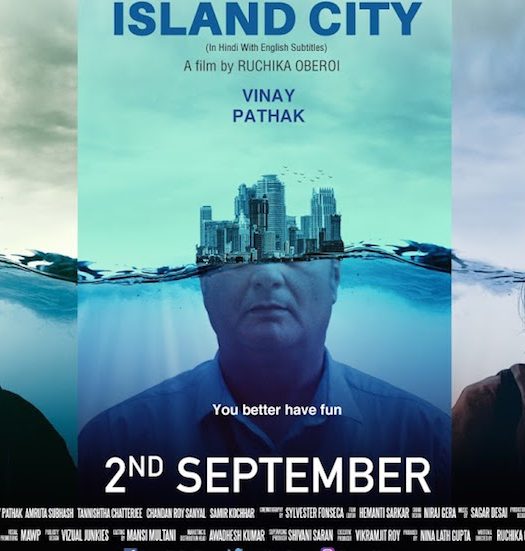Just looking to make films that will resonate beyond boundaries and regions ~ Karma Takapa
Karma Takapa’s new film is about 4 lives in South Sikkim that collide and intertwine. Ralang Road was selected for the competition section at the Karlovy Vary International Film Festival in Europe; the first Indian film in 13 years to be screened in the category. Produced by Human Trail Pictures, the film “goes beyond the perceived beauty that Sikkim is associated with” and shows the grim realities of the society. We spoke to Karma exclusively about the process and what went into the making Ralang Road.

Karma Takapa
Ralang Road is a very surprising, dynamic portrayal of an otherwise quiet, gentle region. What was the idea behind the story and how did it develop?
The idea was to create a narrative that would be mundane yet dramatic at the same time.
When I wrote the script, I had an idea about the characters and locations I wanted to base Ralang Road in. I was joined by the rest of my crew, a small but tight knit group who are familiar with working with each other due to our time together at FTII. We spent a month casting and scheduling, which at times was tricky, since barring two characters, all the others were locals who had never acted before, had jobs and limited time. Despite this, the film was shot over a period of one month in South Sikkim, primarily in the areas of Borong and Rabong.
Shubham, who plays one of the main characters, is my friend and a senior from FTII – he also acted in my diploma film. We already had a great rapport, and he understands my process, so he was an easy casting for me. Mr. Sonam Wangyal, the other lead actor in the film, was probably the most important person who made the shoot happen. He was there throughout the duration of the shoot making sure things got done.
The crew consists of filmmakers who are comfortable with the process of making a film and do not just handle a specific department. So, the shooting period was really very collaborative and also instinctive, where there wasn’t any compartmentalizing of jobs.
My producer, Heer and I have worked together throughout FTII and share an understanding. Similarly, the cinematographer, Sonu, and I have worked on Mor Mann Ke Bharam before this. The production designer, Roushan, is an acting batchmate who not only acts but also has a flair for working with his hands. Prateek is a senior from FTII who specialized in Direction but took on the role of location sound recordist – we have used 100% sync sound. Anadi, who is the editor and the executive producer of the film, initially did not understand Nepali – though he got better – made it an interesting process to translate and work around that in the edit. While translating, a lot of the narrative got contextualised into what it is now. The sound designer, Bigyna, is also a senior from the FTII and the only one on the team who understands Nepali apart from me. He dedicated a lot of his time to the film despite his busy schedule. As we worked on the sound design, the music composer – Christopher – who I had worked in FTII before, came onboard and we experimented with the music and carried our earlier collaboration forward.
Your first film Mor Mann Ke Bharam has distinct traits of film school ideologies, compared to Ralang Road which is on the cusp of maturity. What were the learnings from FTII; what did you retain, and what did you leave behind?
Everything I understand about filmmaking as a form and craft has come from FTII. The amount of learning that one could get in the institute through not just classes and workshops but through discussions among peers and seniors is immeasurable. It has put me on the path of learning and understanding cinema.
The things that I have left behind are the short films that I have made in the institute as projects. They taught me that mistakes are inevitable but one has to keep making new ones.
The visuals are stunning, almost Tarkovsky-like. What was the treatment and the vision behind these?
Thank you for the comparison, it is very humbling.
The treatment was very instinctive with a lot of improvisation based on variables like the weather, actors and of course the environment around. The attempt was to evoke the space and characters through the weather.
From Bhaskar Hazarika, to Rima Das, the North East region is bursting with some head turning films and cinema. How do you intend to shape this industry?
I don’t think one can work thinking of it. It’s really encouraging to see many good films and film-makers coming from the region. But I think as film-makers we are just looking to make films that will resonate beyond boundaries and regions.
Besides getting a theatrical release for Ralang Road, what is next for you?
I have just finished writing my next film and we hope to be starting the pre-production soon. We have a Gujarati film that has been directed by Heer that is in the post production stage and we are also in the early stages of producing and securing funds for a few films that are going to be directed by some very good film makers.



